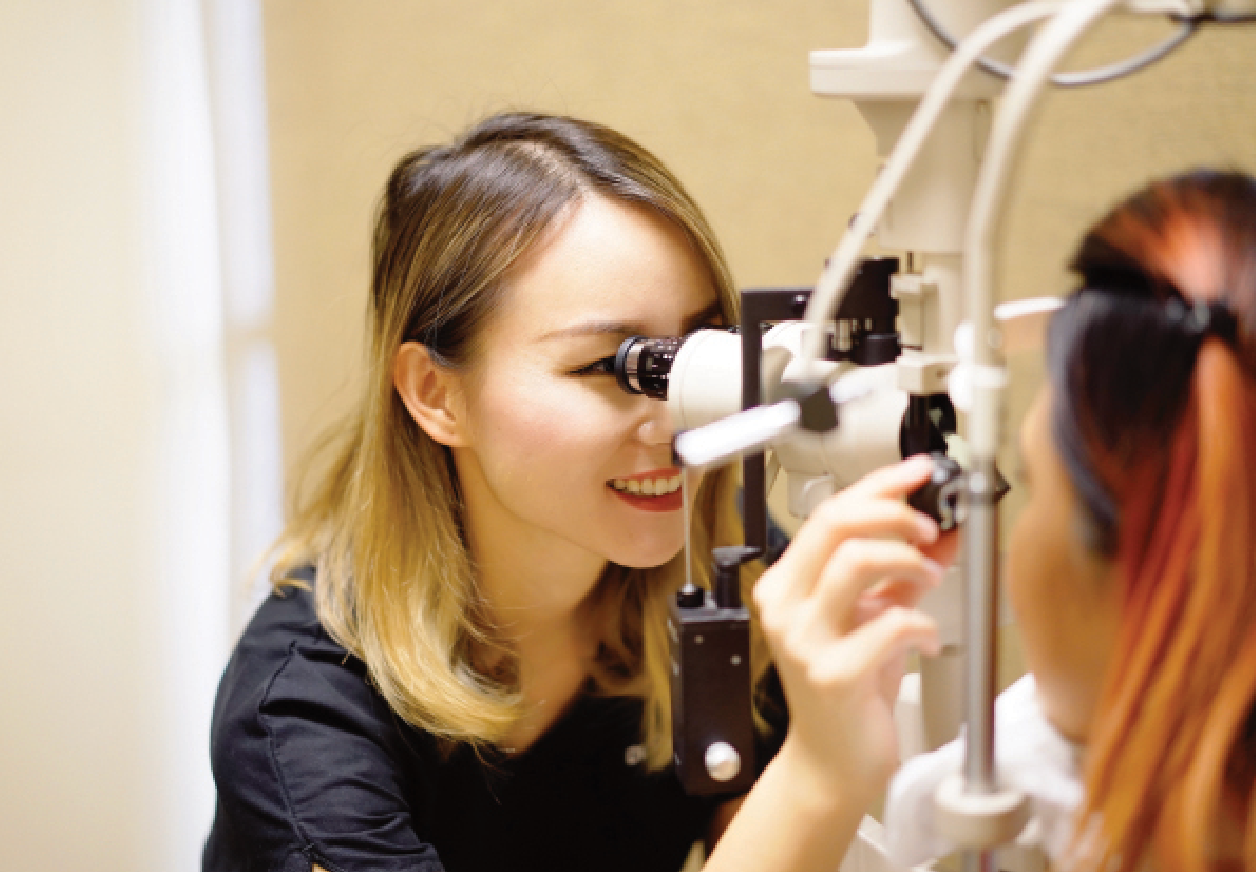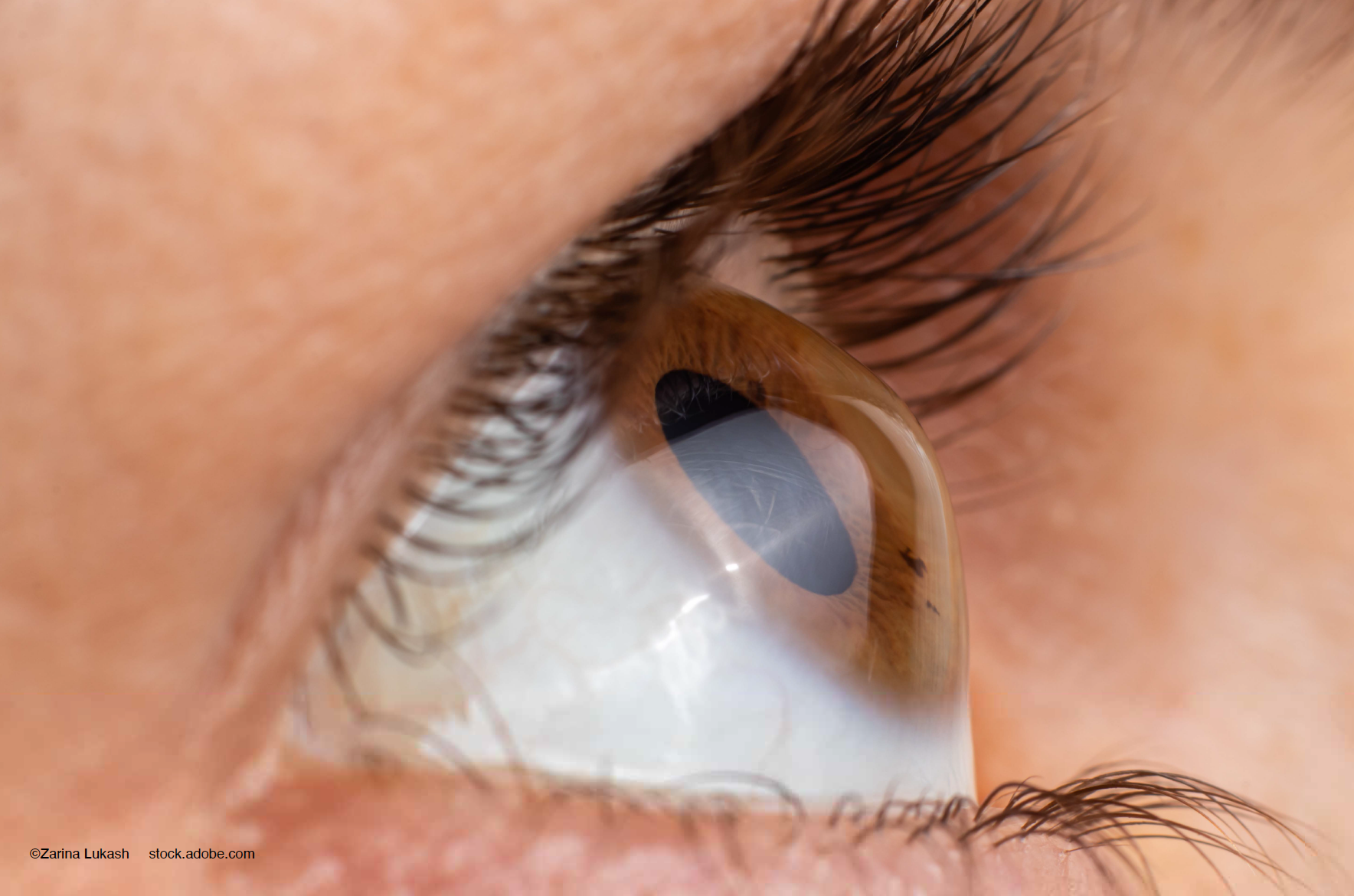Article
Applying hydrogel technology to sustained-release ocular drugs
Hydrogel technology enables the use of drugs that are known to be efficacious for ocular diseases and conditions when formulated as daily drops or monthly injections, into one-time or several-month dosage forms.
By Art Driscoll; Special to Ophthalmology Times
Ophthalmic diseases present unique challenges to effective treatment. For instance, high degrees of physical dexterity and coordination are needed to apply ocular drops, which are sometimes uncomfortable once instilled and often expensive to purchase.

Driscoll
Treatments for the back of the eye require precise anatomic administration of an injection by a physician, which are frightening to patients, and frequency of these injections may include undesirable side effects and safety concerns.
All of these factors create a substantial healthcare burden for patients, caregivers, and physicians, and frequently lead to poor compliance or discontinuation of treatment.
Significant research and financial support has been dedicated to creating alternatives that will address these factors, and that will increase the quality of life and therapeutic effect in the ophthalmic realm.
Enter PEG hydrogel platform
One deliverable of this effort is a proprietary polyethylene glycol (PEG) hydrogel platform technology (Ocular Therapeutix).
Previously approved for use in spinal, neurological, and angioplasty procedures, the company is now engineering the hydrogel technology to design therapies specifically for sustained-release ocular drug applications.
The in situ formed hydrogel encapsulates the therapeutic molecule and releases the agent over time as the hydrogel degrades. Hydrogels possess a comfortable degree of flexibility similar to natural tissue, due to their significant water content.
The hydrogel platform is made of branched polymer chains that are covalently crosslinked, and can be engineered to increase or decrease the crosslink density, which alters their degradation rate. This means the hydrogel can be specifically programmed for a variety of disease states depending on the molecule’s properties and the desired duration of therapy required.
PEG-based materials have undergone extensive biocompatibility and safety testing and eliminate the risks associated with biological components, such as collagen or human thrombin.
Hydrogel technology enables the use of drugs that are known to be efficacious for ocular diseases and conditions when formulated as daily drops or monthly injections, into one-time or several-month dosage forms. The release of these drugs can be tailored to produce the required efficacy with the potential for an improved safety profile since they are used in lower peak concentrations and are preservative-free.
The company has created a way to encapsulate a wide range of pharmaceuticals within its hydrogel to provide targeted, sustained delivery of therapeutic levels of drugs to ocular tissues. Through containment, localization, and protection from inflammatory response, the hydrogel expands the utility of therapeutic molecules via more effective and consistent delivery.
Although not a drug product, the first and only FDA-approved sealant for ophthalmic use (ReSure Sealant, Ocular Therapeutix) is used to seal corneal incisions after cataract surgery. The sealant is prepared prior to application by mixing a proprietary PEG polymer with a diluent-activating solution, and the combination is applied over the incision.
It forms a pliable, adherent gel that is initially blue for visibility but quickly turns clear. The sealant will naturally slough off in 1 to 3 days after re-epithelialization. In the pivotal trial, the sealant was proven superior to sutures for prevention of fluid egress in clear corneal incisions with significantly fewer adverse events.1
Other modalities
Two current modalities being pursued by the company are intracanalicular inserts, and both intracameral and intravitreal injections.
The minimally invasive inserts reside and react to the moisture within the canaliculus releasing medication and resorbing after a pre-specified amount of time. They are planned to be used with a variety of pharmaceuticals, including prostaglandin analogs and corticosteroids, but could also be used for various other classes of drugs or disease states.
The first in the pipeline (Dextenza) releases 0.4 mg of dexamethasone to the ocular surface over a period of 4 weeks. In phase III trials, the agent has demonstrated statistical superiority over control groups for control of both inflammation and pain in post-cataract patients.2,3,4 The drug product candidate has completed three phase III trials, and the company continues to be committed to pursuing FDA approval.
The hydrogel is being engineered as a sustained-release intracameral injection for delivery of travoprost and for intravitreal injection of both small- and large-molecule treatments, such as tyrosine kinase inhibitors and protein-based anti-vascular endothelial growth factor (VEGF) agents. A recent partnership with Regeneron should also move forward the development of PEG hydrogel-delivery methods for anti-VEGF drugs.
References
1. Masket S, Hovanesian JA, Levenson J, et al. Hydrogel sealant versus sutures to prevent fluid egress after cataract surgery. J Cataract Refract Surg. 2014;40:2057-2066.
2. Walters T, Bafna S, Vold S, Wortz G, Harton P, et al. Efficacy and safety of sustained release dexamethasone for the treatment of ocular pain and inflammation after cataract surgery: results from two phase 3 studies. J Clin Exp Ophthalmol. 2016. 7:1000572. doi: 10.4172/2155-9570.1000572
3. Ocular Therapeutix. 2016. Ocular Therapeutix announces successful topline results for both inflammation and pain primary efficacy endpoints from phase 3 clinical trial of DEXTENZA. Nov. 14, 2016. http://investors.ocutx.com/phoenix.zhtml?c=253650&p=irol-newsArticle&ID=2221978. Accessed Feb. 27, 2017.
4. Ocular Therapeutix. 2017. Ocular Therapeutix Announces additional successful results for phase 3 clinical trial of DEXTENZA. Jan 4, 2017. http://investors.ocutx.com/phoenix.zhtml?c=253650&p=irol-newsArticle&ID=2233813. Accessed Feb. 27, 2017.
Art Driscoll
e: adriscoll@ocutx.com
Driscoll is vice president, product development with Ocular Therapeutix.
Newsletter
Don’t miss out—get Ophthalmology Times updates on the latest clinical advancements and expert interviews, straight to your inbox.





.png&w=3840&q=75)







